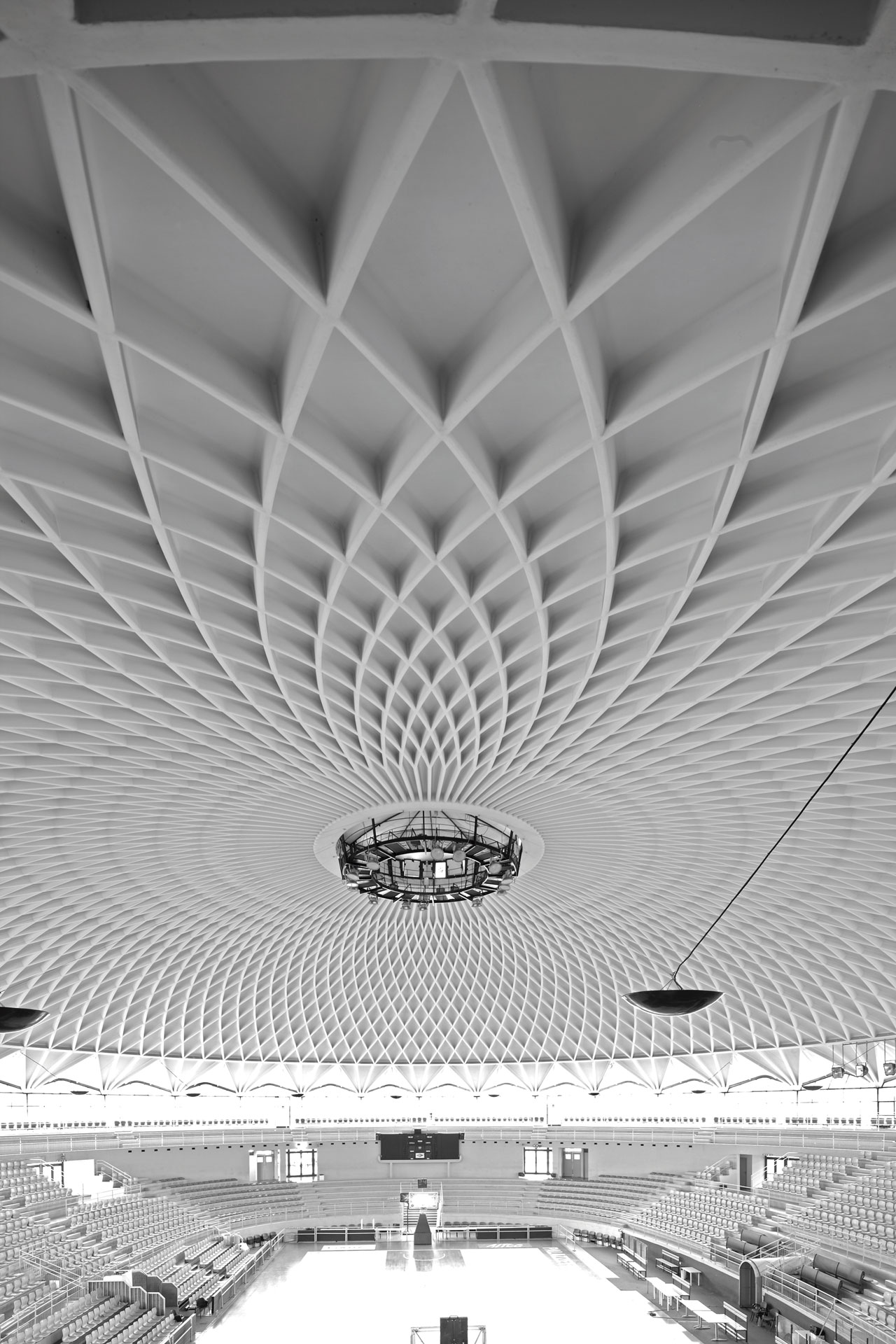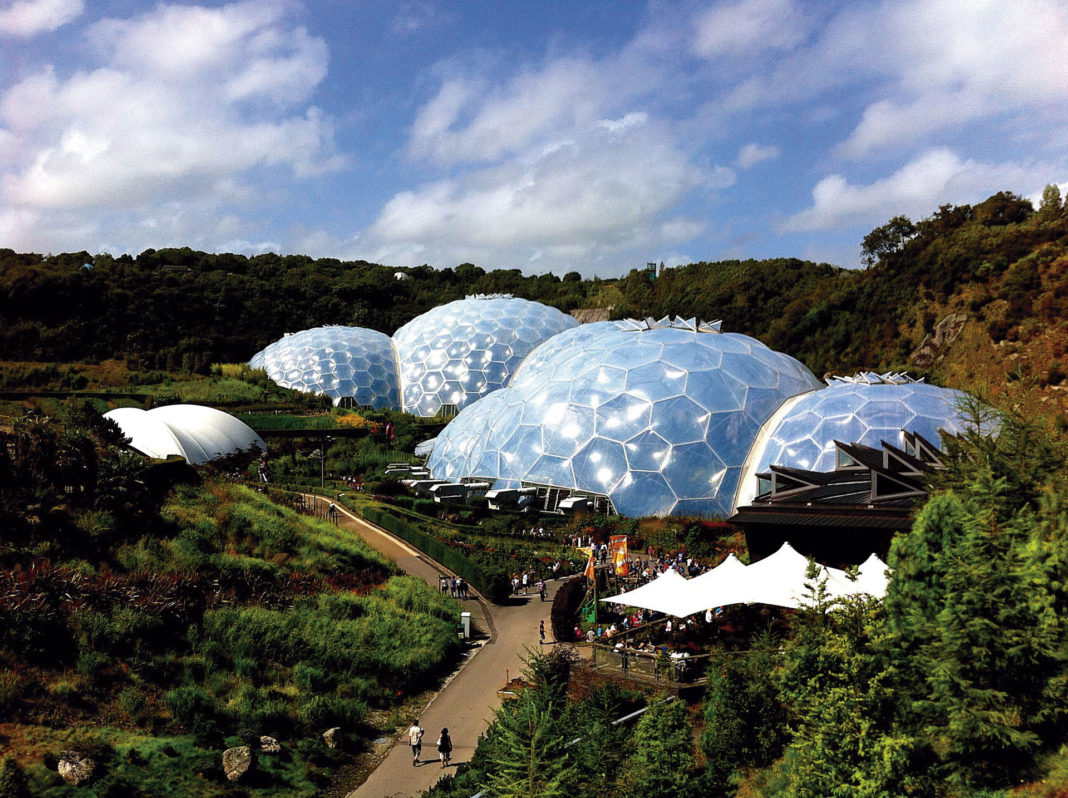Taking nature’s shapes, structures and aesthetics as inspiration, biomimetic architecture goes one step further to achieve fully sustainable buildings and materials
Nature’s infinite complexity and beauty have been inspiring the design of buildings for more than a decade. Illustrating this trend is the Metropol Parasol in Seville, known as ‘The Mushrooms’ (2011), and the Gherkin Tower in London (2012), inspired by sea sponges. Many more architects have also championed zoomorphism: Santiago Calatrava, Michael Sorkin, Frank Gehry, Pier Luigi Nervi, Renzo Piano or Nicholas Grimshaw, for example. However, in order to achieve true sustainability, we need to take our inspiration a step further and imitate nature’s regeneration processes.

The brains behind the ideology of biomimicry is British architect Michael Pawlyn, whose works include the Eden Project in Cornwall (UK), jointly with Grimshaw, and the Sahara Forest Project in Qatar. He is also the driving force behind the Architects Declare movement in the UK (2019), a declaration of intent in which architect studios commit to a series of practices dedicated to tackling climate change and protecting biodiversity.
The three natural mechanisms that could transform architecture and society as far as Pawlyn is concerned are radical resource efficiency, closed loops and drawing energy from the sun. He argues that the key to truly sustainable architecture lies in bridging conservation technology with an earth-centred philosophy and the ability of designers to transform these integrated forces into a new visual language.
Designing the interior installations for the rainforest and Mediterranean biome in Eden Project provided Pawlyn with valuable insights into how water and energy flow through natural ecosystems and how processes and functions in ecosystems integrate and intertwine to create synergies. He was able to draw upon this knowledge and apply it to his design for the Sahara Forest Project, aimed at enabling restorative growth in desert areas, for which a pilot plant has been built in Qatar.
Pawlyn delves further into nature to seek sustainable design solutions for buildings. In camel nostrils, for example he sees a miracle of engineering in their heat exchange and water recovery mechanism. He also finds inspiration in bird skulls for more efficient concrete structures in office buildings.



